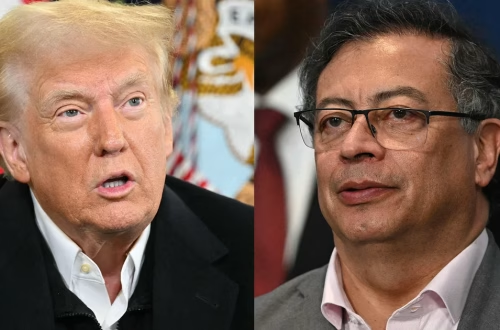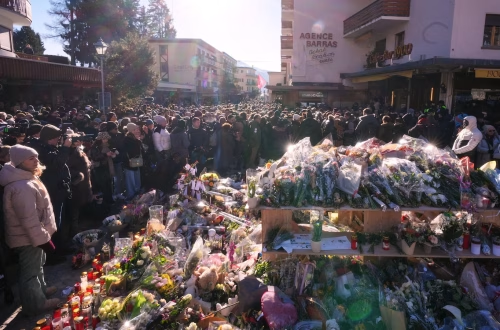Article Summary
Pope Leo XIV has been elected as the new leader of the Catholic Church, succeeding Pope Francis. His first appearance on the balcony, dressed in traditional vestments, signaled a potential return to some papal traditions. Leo is seen as ideologically aligned with Francis, prioritizing outreach to the poor and marginalized, and has a record that contains both conservative and progressive elements. A former leader of the Order of St. Augustine, Pope Leo XIV is expected to bring a unifying presence to the Vatican and navigate ideological divides.
What This Means for You
- Practical implication: Catholic Churchgoers can expect continuity in focus on social issues and outreach to the poor.
- Actionable advice: Learn about Pope Leo XIV’s background and priorities to better understand his potential impact on the Church.
- Actionable advice: Expect further examination of Pope Leo XIV’s handling of clerical abuse cases in Peru.
- Future outlook: Pope Leo XIV’s international experience and quiet diplomacy may result in a stylistic shift from Pope Francis’ more outspoken leadership.
Original Post
“It could be said that Leo’s first appearance on the balcony meant: ‘I am not Francis, but Francis’ vision will continue.’ “
Loading
Kurt Martens, who teaches at The Catholic University of America in Washington, said references in Leo’s speech to embracing the whole world as well as synodality were signs the new pope would continue to focus on the poor and those on the margins of societies.
The clothes
Unlike Francis, who spurned many of the trappings of the papacy from the day he was elected, Leo wore the “mozzetta”, an elbow-length red cape, over his white cassock, suggesting a return to some degree of tradition.
He also wore an ornate red and gold stole with illustrations of the four gospels in the New Testament over his shoulders, the gold pectoral cross that is traditionally offered to a pope when he accepts the office, and a white skullcap, known as a “zuchetto” or “pileolus”.
Loading
Francis wore all white vestments and a simple cross when he first appeared on the balcony in 2013, signalling his desire for simplicity, before later adding the stole.
The new name
For most of the Catholic Church’s first millennium, popes used their given names. The practice of adopting a new name became ingrained during the 11th century, and from the mid-20th century, new popes began to choose names signalling the aim of their papacy, according to Reverend Roberto Regoli, a historian at Rome’s Pontifical Gregorian University.
Loading
The last pope to take the name was Leo XIII, an Italian who led the church from 1878 to 1903. That Leo softened the church’s confrontational stance toward modernity, especially science and politics, and laid the foundation for modern Catholic social thought. His most famous encyclical, Rerum Novarum of 1891, addressed workers’ rights and capitalism at the beginning of the industrial revolution.
Vatican spokesperson Matteo Bruni told reporters the new Pope’s decision to be called Leo XIV was a deliberate reference to the previous Leo, although some academics speculated he could also have wanted to signal a strong line of continuity: Brother Leo was the 13th-century friar who was a great companion to St Francis of Assisi, the late pope’s namesake.
The name “is a deep sign of commitment to social issues”, Manhattan University’s chair of religious studies Natalia Imperatori-Lee said.
Read: The history and meaning behind the new Pope’s name
Where does he stand on key issues?
Loading
Though he has kept a low media profile, Leo is seen as ideologically aligned with Francis, particularly in
ORIGINAL SOURCE:
Source link



